Influenced by the kimono, it is only from the 20th century that Japanese fashion opened up to the world. And in particular with the integration of yofuku (Western clothing).
Styles and fashionistas rejected the tradition while keeping some elements of the traditional Japanese clothing style. In this article we will see :
- The history of Japanese fashion
- The evolution of Japanese fashion
- The idols
- Alternative Japanese styles
- Where to buy Japanese fashion clothes?
JAPANESE KIMONO : A TIMELESS AND TRENDY OUTFIT
The kimono is the traditional Japanese outfit. The term kimono literally translates as "a thing you wear". Its history dates back for more than 1300 years. At that time, the authentic kimono was used to differentiate the social status of individuals.
Silk kimonos were reserved for the upper classes because not everyone could afford such materials. Kimonos made of cotton or hemp were worn by the common people.
In The Japanese tradition, the more a person covered his or her body with fabric, the higher his or her rank was. Kimono is a complex garment and even difficult to put on, and the same was true for the worker's kimono worn every day. Because whatever the occasion, a traditional kimono must meet a strict dress code!
1. How to wear a Kimono?
The art of folding, dressing, draping and choosing accessories requires undeniable knowledge and know-how.
 Black kimono for men and red kimono for women during this format traditional wedding
Black kimono for men and red kimono for women during this format traditional wedding
The traditional kimono is wrapped around the body. But beware! It is essential to always fold the left side on the right side. Otherwise, it brings bad luck because it is the way to close the kimono of the deceased in Shinto rituals and ceremonies.
The kimono is tied at the back with a wide Japanese belt called an Obi.
Then you can add accessories such as:
- a folding fan
- umbrellas
- kanzashi combs (hair combs for women)
- Ggeta sandals
- Tabi socks
- a kimono haori Jacket
Women's kimono often requires the help of a professional dresser. If you are not lucky enough to be helped, we advise you to always put on your tabi socks first. This will facilitate the dressing of your traditional clothing!
If you want to suit your kimono by yourself you can have a look to our Japanese kimono tutorial, We explain the kimono history and the seven steps to wear it !
2. When to wear a kimono?
Nowadays, it is quite rare to see a kimono worn in everyday life. However it is possible to see authentic kimono in some streets of Tokyo, in onsen (spas) or in Gifu prefecture and its traditional Takayama village.
This traditional dress is worn during some important events such as the festival of the majority (Seijin-no-hi), during the children's festival (Shichi-go-san), during the tea ceremony, during the hanami (flowering cherry blossoms: sakura) or during Japanese weddings!
THE EVOLUTION OF THE JAPANESE STYLE: FASHION DESIGNERS
 A japanese kimono fashion show with an original long dress
A japanese kimono fashion show with an original long dress
At the dawn of the 21st century, a whole new approach to style is being highlighted by a generation of young Japanese fashion designers! They use the materials, patterns and symbolism of traditional Japanese clothing and revisit their design and strict code. Their goal is to promote a more casual, open and limitless fashion!
The aesthetics of fashion is thus shaken by original dresses, jackets, t-shirts, sweaters and coats (see atypical). Japanese fashion shows are recognized in the world of haute couture to be among the most revolutionary of their era!
The scope of Japanese fashion goes far beyond mere trend and style of dress! Here are the Japanese designers who have marked the history of fashion over the last decades!
1. Yohji Yamamoto

The great fashion designer Yamamoto launched his Japanese brand Ys in 1972. He presented his first high Fashion collection in 2002. Before becoming an internationally renowned designer, he studied law. He hijacked the men's wardrobe to adapt it to women's fashion.
Sometimes considered as an artist, he proposes sophisticated but practical creations to wear.
He is inspired by origami and mixes the aesthetic inspirations of the Western world and the East. He was the precursor of capsule collections between sportswear brands and high Fashion. The creations in collaboration with Adidas that he presented at its 2002 fashion show were so successful that he and the equipment manufacturer created the Y3 brand.
2. Rei Kawakubo

She is the creator and "artistic director" of the fashion brand Comme des Garçons.
These clothing collections are inspired by the creative and rebellious spirit of Japanese youth.
The clothing brand was created in 1969 with at the base a monochromatic dominance and a taste for asymmetry, tears and holes.
The first Comme des Garçons fashion boutique was launched in 1975 in Japan, but today these fashion clothes are sold worldwide, especially in Paris. It is an icon of the anti-fashion of the 80's!
3. Junya Watanabe

This fashion designer creates chic and trendy women's and men's clothing with avant-garde cuts (but easy to wear).
He is also Kawakubo's protégé.
He also designs glamorous and basic clothing lines for Comme des Garçons!
Junya Watanebe is known to be a master in the art of techno Fashion.
He perfectly mixes technology and high fashion.
4. Issey Miyake

This Japanese stylist has developed real artistic collections around Japanese pleating.
In his youth, he worked in fashion houses such as Guy Laroche and Hubert de Givenchy.
Today he is the head of his label "Pleats Please Miyake".
He creates clothes for women and men that have a certain elegance, which can be described as timeless.
His women's and men's ready-to-wear collections are at the border of science fiction and Japanese minimalism!
JAPANESE FASHION ICON
 Fashion influencers Amiya (Ami and Aya) dressed in flashy outfits
Fashion influencers Amiya (Ami and Aya) dressed in flashy outfits
Tokyo and Osaka undeniably impose themselves as aesthetic references for fashionistas around the world. Japanese fashion has influenced the greatest fashion creators such as Jean Paul Gautier and Karl Lagerfield.
But it goes even further because the influence of many followers on their account also has an impact on the spread of men's and women's fashion.
Among the best known are :
- Coco Pink Princess is a cute little girl who has an ultra trendy style. She wears and mixes second hand and high end clothes.
- The grandmother Emiko Mori makes sweaters, hats and crochet scarves in a good mood.
- Rola, the top model is known throughout Japan. She is also a Gucci muse.
- The twins Ami and Aya are singers and also great influencers.
- Mr. Bon and Ms. Pon, coordinate their everyday outfits with style.
JAPANESE ALTERNATIVE FASHION
 Japanese fashion in all its splendor / Source Tokyo Fashion / Retouching Kimurakami / Hip hop style and sweet Lolita trend
Japanese fashion in all its splendor / Source Tokyo Fashion / Retouching Kimurakami / Hip hop style and sweet Lolita trend
Alternative Japanese fashion covers many styles and influences. Japanese urban fashion and streetwear is known to be daring and sometimes even totally eccentric. If you travel in Japan, and especially in Tokyo, you will have the chance to discover the heart of the latest Japanese trends.
To do so, it is absolutely necessary that you go to the districts of Harajuku and Shibuya. It is a unique experience to understand the creativity of experimental Japanese fashion. One Sunday a month, there is the "Harajuku Fashion Walk" which attracts the fashion enthusiasts of the neighborhood. The streets are transformed into a catwalk or parade of unique forms of expression and styles.
Here are eight alternative Japanese styles that you can see:
1. Lolita style

This style is characterized by a selection of garments with lace, frills, ribbons and other accessories that make up this feminine fashion.
This lolita look gave birth to the Steampunk style and the Gothic Lolita.
You can see these two popular styles in many Japanese manga and anime series!
We also wrote an article about the meaning of the kawaii style. This will give you more information about the Lolita style!
2. Rockabilly

Most fans of this style are men in their fifties.
They do not in Harajuku but in Yoyogi Park on Sundays.
They are inspired by the American post-war Rock fashion!
In the Rockabilly style, the men wear banana hair. It is the famous hairstyle of the "loubards" in Japanese movies!
3. Harajuku Girls

This look was born after the 39-45 war and mixes kawaii and punk style.
The Harajuku fashion is based on the protest movement of the Tokyo youth who were in the Harajuku neighborhood.
To learn more about it we advise you to read our complete guide on the Harajuku style.
4. Kogal

For this style you need to wear high socks and school miniskirts.
This is the style of Gogo Yubari in Kill Bill 2. Japanese high school students meet in Shibuya in the shopping mall.
This outfit is often adopted by high school girls who meet at 109, a shopping mall in Shibuya.
5. Dolly Kei Style

Girls and boys are inspired by European fairy tales, adopting a style that resembles that of antique dolls.
For this style, it is necessary to privilege, the long skirts, the golden jewels and the clear colors like beige and white!
Do not hesitate also to wear lace in the hair to perfect the outfit. This style looks like the European bohemian style!
6. Fairy Kei Style

It's a childish Japanese look inspired by the 80s. To adopt this style you have to layer pastel clothes and prints!
We also recommend you to wear a flashy wig or to dye your hair with a pastel and showy color.
Don't hesitate to add cute accessories in the kawaii spirit!
7. Gyaru Style

This look emphasizes femininity. This fashion trend is inspired by the surfing style of Los Angeles.
To adopt this look, don't hesitate to wear flashy makeup, long and decorated nails, have an artificial tan, have your hair dyed blond, wear high boots and mini-skirts!
8. Streetwear style

This look mixes hip-hop style with traditional Japanese patterns.
It can be Japanese t-shirt with kanji or hoodie with koi carp symbols, Japanese dragon, Kitsune fox or Oni and Yokai demons.
Anything that is closely or remotely related to Japanese folklore and culture.
Streetwear is worn with an oversize cut but it is possible to add fashion accessories to refine the size and silhouette!
WHERE CAN YOU BUY JAPANESE FASHION CLOTHES ?
We have seen in this article that Harajuku district is a meeting point of the latest Japanese clothing trends. The Yoyogi park comes alive on Sundays by gathering fashionistas (Rockabelly in particular). But that's not all in Osaka, the fashion scene which is concentrated in Shinsaibashi is different from the capital.
The trends are more excessive and more noisy, the followers wear leopard patterns, sequins and colored hair. The cradle of Japanese denim is in Okayama. The city of Kyoto offers traditional Japanese clothing in a modern style. We recommend Chiso, which is known for the quality of its kimonos. In Sapporo city, there are vintage styles in long passage of Tanukikoii! Each city has its own style!
Of course Tokyo remains the nerve center of the fashion with a big F. To please you with top-of-the-range Japanese clothes, we advise you the large boulevards of the Ginza district. There you will find the most internationally known brands.
 The Japanese Harajuku Fashion street has a very important place in Japanese society / Source photo Joshua Chun
The Japanese Harajuku Fashion street has a very important place in Japanese society / Source photo Joshua Chun
Omotesando Avenue and, a few steps away, the very select Aoyama Street are worth a look. You can also, if your budget allows it, visit the luxurious department stores Isetan in Shinjuku and Takashimaya in Nihonbashi. The trendy district of Daiikanyama also has many boutiques with talented designers.
However, if you don't have the opportunity to go to Japan, the whole KimuraKami team offers you the best you can find on a Japanese online store.
We invite you to set your heart on our Japanese women's clothing if you want an original Japanese style. We also offer accessories such as kanzashi, or cute tabi socks!
For the gentlemen, we offer our Japanese men clothes with splendid traditional Japanese kimono or Japanese sweaters for a casual streetwear!





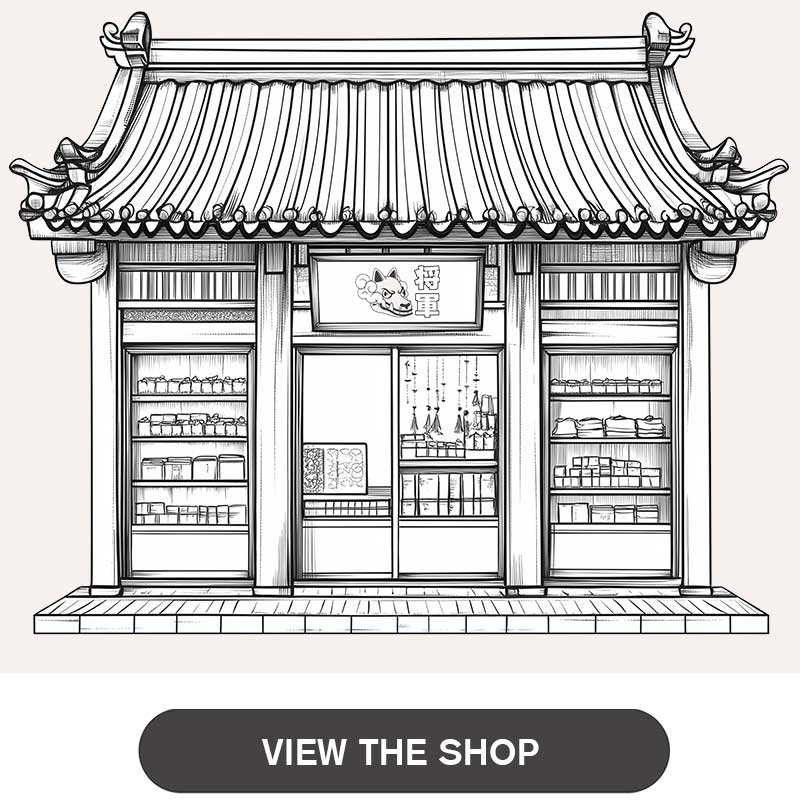
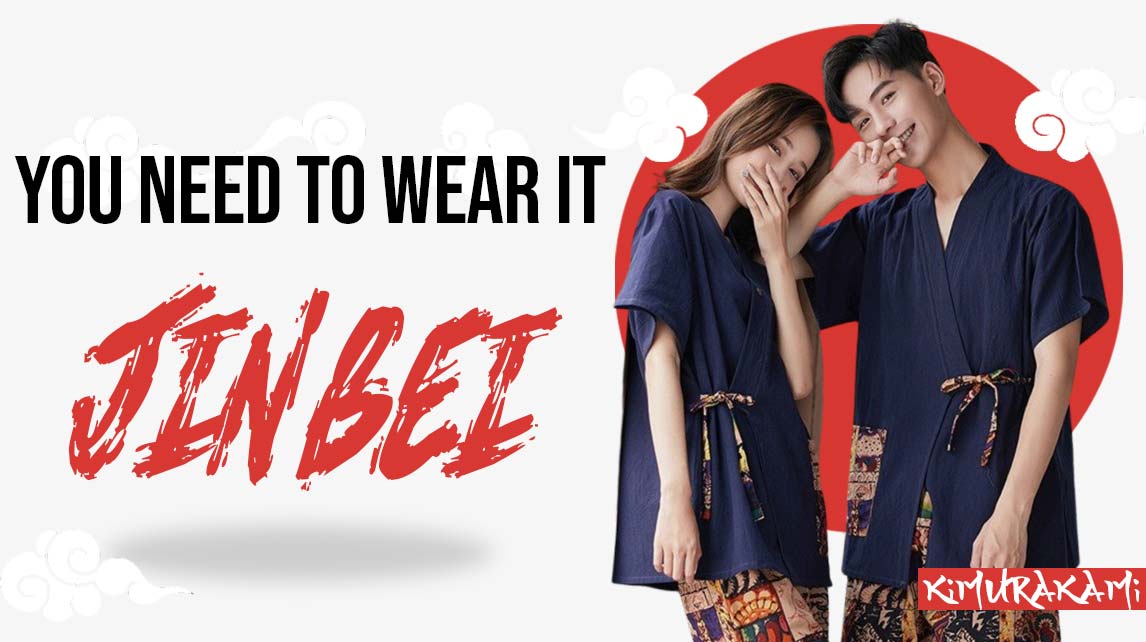
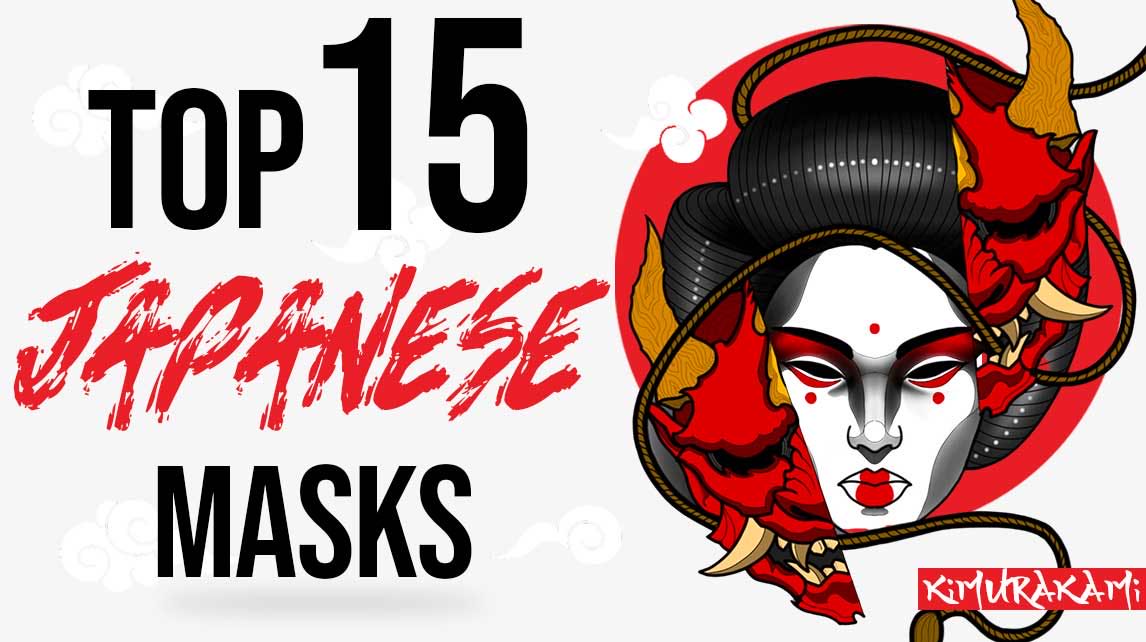
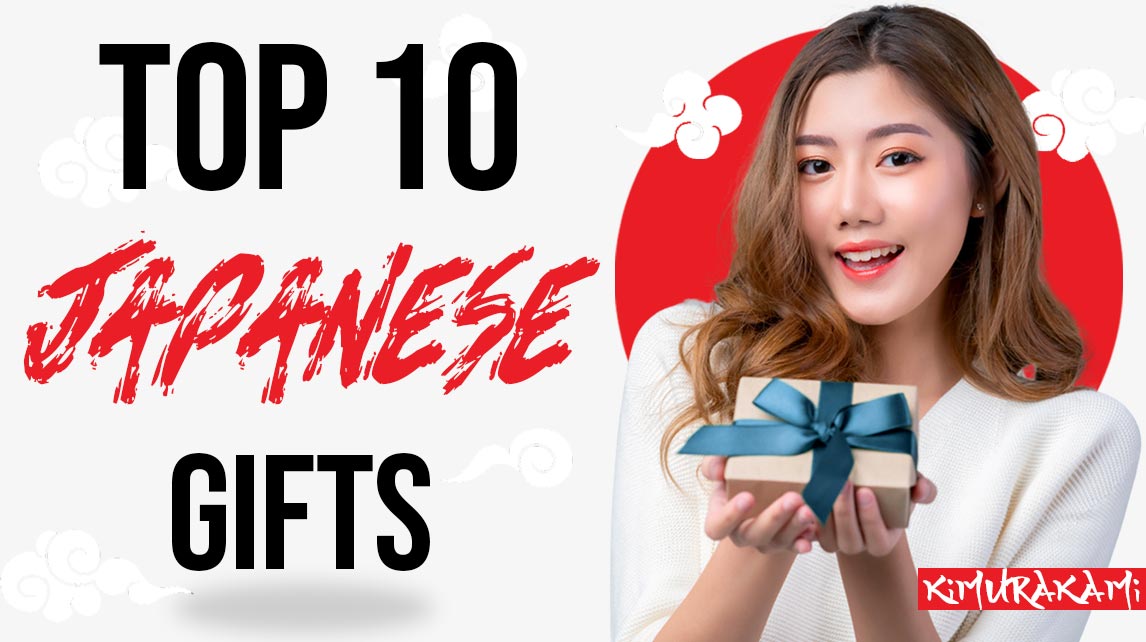
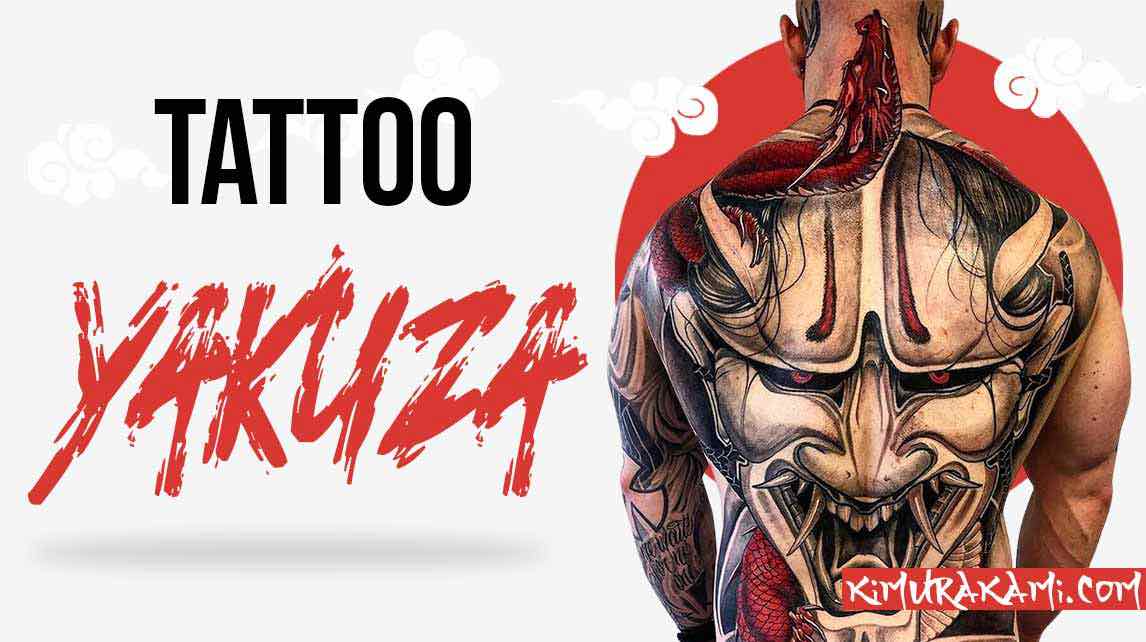
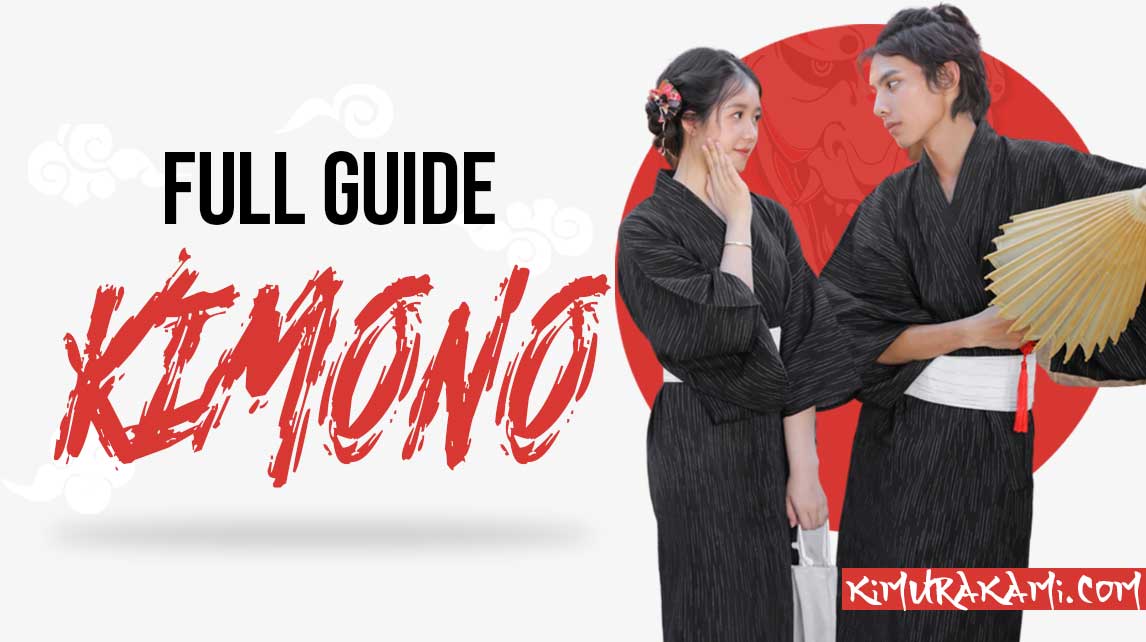
Leave a comment